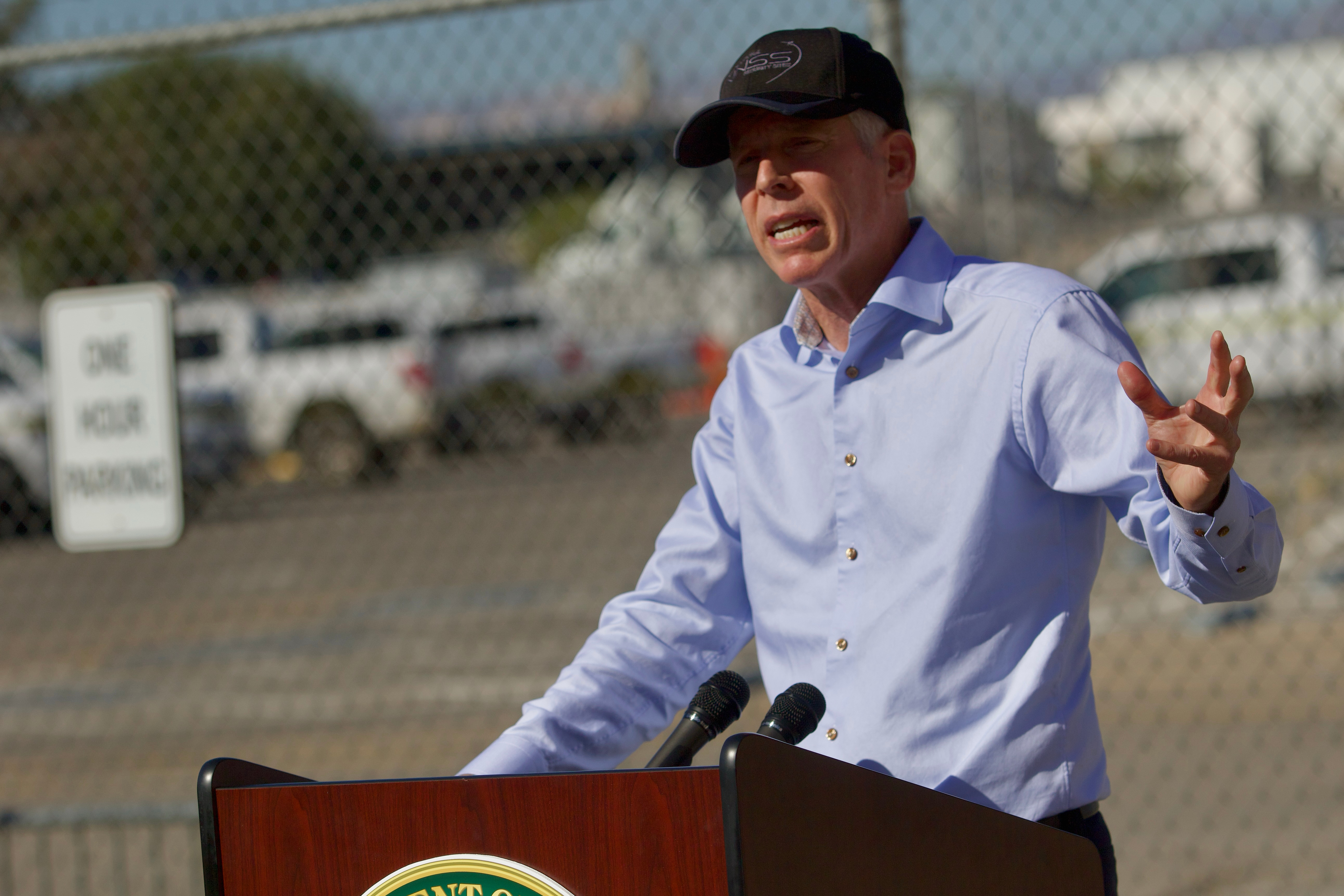What's Happening?
The Food and Agriculture Organization (FAO) has emphasized the importance of integrated drought management through a three-pillar approach: monitoring and early warning, impact and drought risk assessment, and risk mitigation, preparedness, and response.
This approach aims to align drought risk management with climate disaster risk reduction. The FAO's methodology involves assessing the socio-economic and environmental vulnerability of systems to drought, transforming traditional vulnerability assessments into drought-specific evaluations.
Why It's Important?
The FAO's integrated approach to drought management is crucial for developing effective strategies to mitigate the impacts of drought on agriculture, economies, and communities. By focusing on risk assessment and preparedness, the FAO aims to enhance resilience and reduce the vulnerability of regions to drought-related disasters. This approach is particularly significant in the context of climate change, which is increasing the frequency and intensity of droughts worldwide.
What's Next?
The FAO plans to continue refining its integrated drought management approach, incorporating new scientific insights and methodologies. This includes expanding the use of geospatial techniques and remote sensing to improve drought monitoring and risk assessment. The organization is also working on strengthening partnerships with governments and other stakeholders to implement effective drought mitigation strategies.
Beyond the Headlines
The FAO's efforts highlight the need for a holistic approach to drought management that considers the interconnectedness of environmental, social, and economic factors. By integrating climate disaster risk reduction into drought management, the FAO is paving the way for more sustainable and resilient agricultural practices.
















